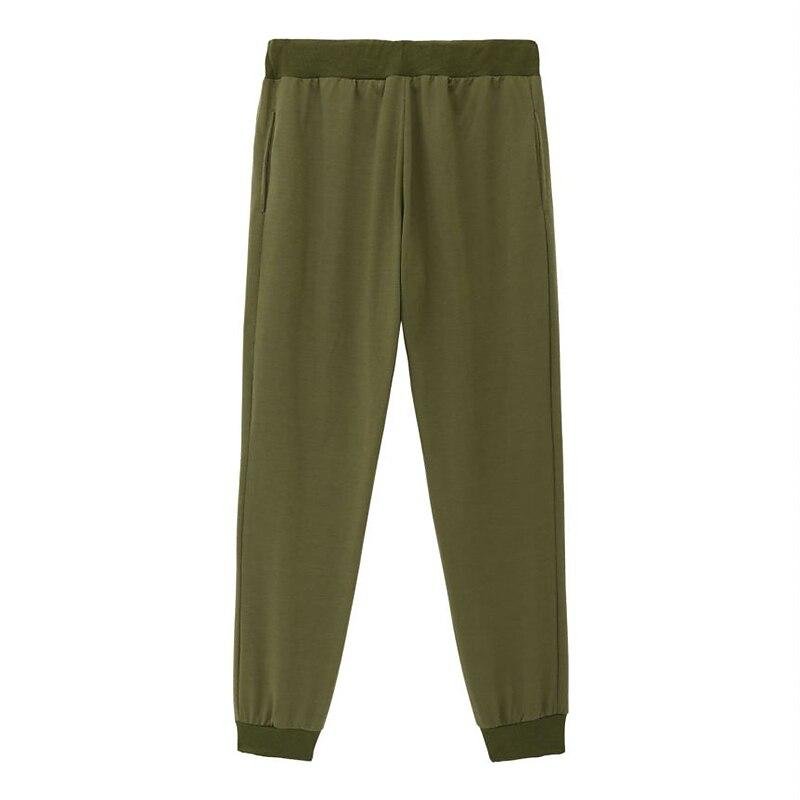Title:The Evolution of Clothing: From Necessity to Fashion
Tag: clothing, evolution, fashion, style, history
Clothing has been an essential part of human life since the early days of civilization. From its humble beginnings as a necessity for protection and warmth, it has evolved into a multi-billion dollar industry that is heavily influenced by constantly changing trends and styles.
The earliest form of clothing can be traced back to around 100,000 years ago when humans first started using animal hides and furs to cover their bodies. These were mainly used for practical purposes such as protection from harsh weather conditions and dangerous animals.
As societies became more advanced, so did the development of clothing. The ancient Egyptians are often credited with creating some of the first tailored garments made from linen fabrics. Similarly, the Greeks introduced draping techniques that gave birth to flowing tunics and togas.
During the Middle Ages in Europe, clothing was largely determined by social class. Royalty and nobles adorned themselves in elaborate garments made from expensive materials like silk and velvet while commoners had more basic attire made from wool or linen.
It wasn’t until the Renaissance period that fashion began to play a significant role in clothing design. This era saw an explosion of creativity with new silhouettes inspired by art movements such as Baroque and Rococo. Tailoring also became more refined during this time period.
Fast forward to modern times where we see how much fashion has become intertwined with our daily lives. With globalization came mass production which led to affordable prices for stylish clothes for everyone regardless of social status.
Today’s fashion industry is driven by fast-paced trends dictated by popular culture influencers such as celebrities and social media personalities. What was considered fashionable last season may no longer be relevant today? As a result, consumers are constantly bombarded with new collections every season causing them to buy more clothes than they need leading to environmental concerns about waste production.
Despite the constant changes in trends, some classic styles have stood the test of time and are still considered fashionable today. Pieces like a little black dress, a crisp white shirt, or a well-tailored suit will always be wardrobe staples.
In conclusion, clothing has come a long way from its origins as mere necessities for survival to becoming an integral part of our self-expression and identity. While fashion may continue to evolve with each passing season, it’s important to remember the impact it has on the environment and make conscious choices when building our wardrobes.

